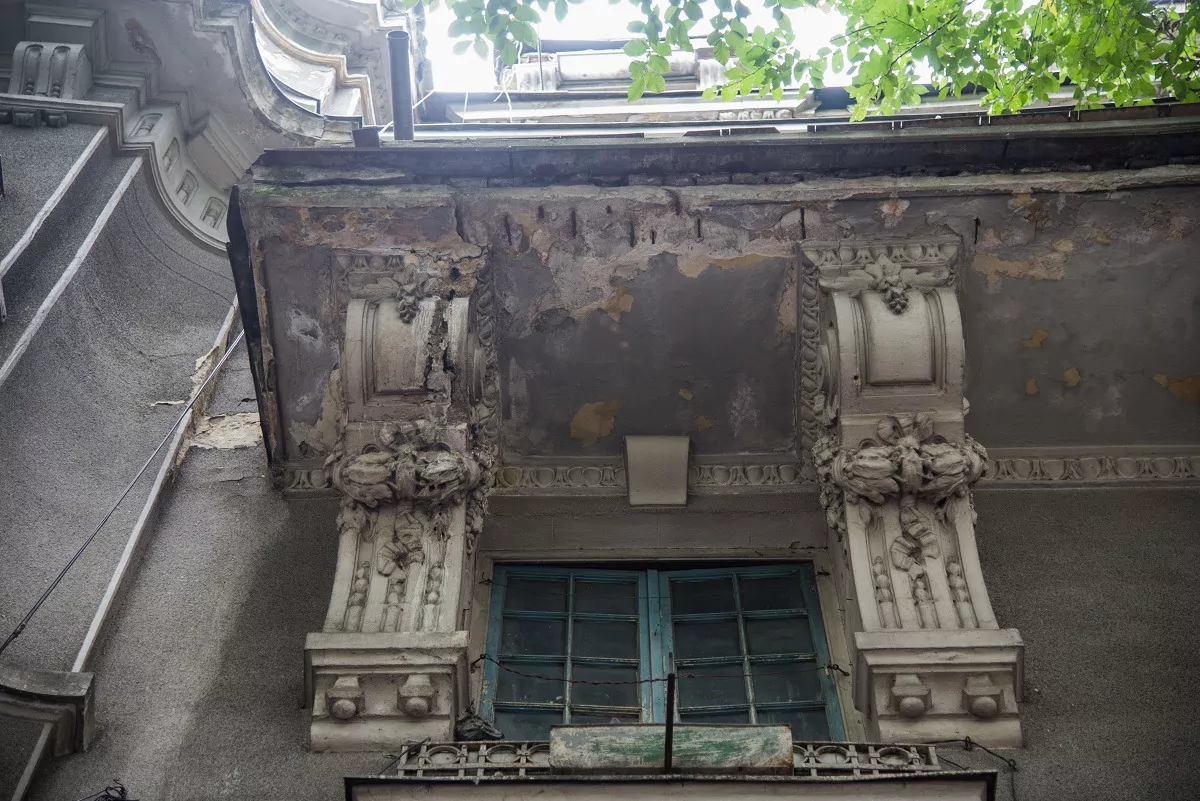Buildings at seismic risk will be fully reinforced at state expense to speed up the rehabilitation process, but individual owners will not be able to sell their homes for 25 years. If they decide to give up their homes during this period, they will have to pay the state back for the work.
Urmărește mai jos producțiile video ale Economedia:
- articolul continuă mai jos -
“The seismic risk consolidation program has not yet gone through the inter-ministerial approval circuit. We need a new program with completely new principles and criteria because the current one dates back to 1994 and is definitely outdated in terms of its functionality – it can be seen from the investments that have taken place or, in fact, have not taken place. This program needs to be revitalized, it is foreseen as a reform in the NRP and this year it will be implemented. (…) We are talking about a bill that we will go to Parliament with, not an emergency ordinance”, said Minister of Development Cseke Attila. He said that the Ministry of Finance and the Ministry of Justice still had to give their opinions on the program and that it would most likely enter the parliamentary debate in spring this year.
Full state funding
At present, the state finances the rehabilitation of buildings with a first degree of seismic risk from the budget, but owners must repay the value of this work in equal monthly installments over 25 years. Owners with an average net monthly income per family member below the average net wage in the economy are exempt.
The Minister for Development announced that the program will be changed to ensure that seismic risk reinforcement is fully financed from the state budget so that there will no longer be any discussion of owners who cannot afford the cost because they cannot afford it.
However, owners will be prohibited from selling for 25 years.
“It’s an increase in the value of the apartment through seismic risk strengthening, which is a grant from the state. We will have a sales ban, i.e. during the sales ban period the owner can sell his apartment, but then he will have to pay back to the state his share of the seismic risk reinforcement investment. (…) So, there are some essential changes to the current program, which will give us the chance to restart this very important goal, because in recent years, unfortunately, it has not been possible because of this inefficient seismic risk consolidation program. The ban period is 25 years for individuals”, said Cseke Attila.
For legal entities, the sales ban will be increased to 10 years, from 5 years at present.
“What this program aims to do, in short, compared to the program that is in place, but which is not working, is primarily to be multi-year financing. One of the main shortcomings of the current program is the national funding, as it was created in 1994, so even if the government approves the list of investments for which seismic risk reinforcements are foreseen until the procurement procedure is started and the execution term is completed, it is impossible for anyone, today, in Romania, to reinforce, for example, a building in Bucharest in one year – from approval to procurement to execution. So we need to make a multi-year financing program. For the first time, we are also including public buildings in the funding. In the current form, only multi-residential buildings, i.e. blocks of flats, are included. We are also including public buildings and these public buildings contain institutions and many employees and they need to be consolidated. There will no longer be co-financing,” explained the Minister for Development.
In Bucharest alone, there are more than 2,400 buildings that have been technically assessed and classified in various emergency categories in terms of seismic risk, according to the latest public communication on the subject from the City Hall. Of these, 350 are in seismic risk class I, i.e. buildings with a high risk of collapse in the design earthquake corresponding to the ultimate limit state.

 Imobil de patrimoniu cu risc seismic Sursa foto: Inquam Photos / Alberto Grosescu
Imobil de patrimoniu cu risc seismic Sursa foto: Inquam Photos / Alberto Grosescu





























